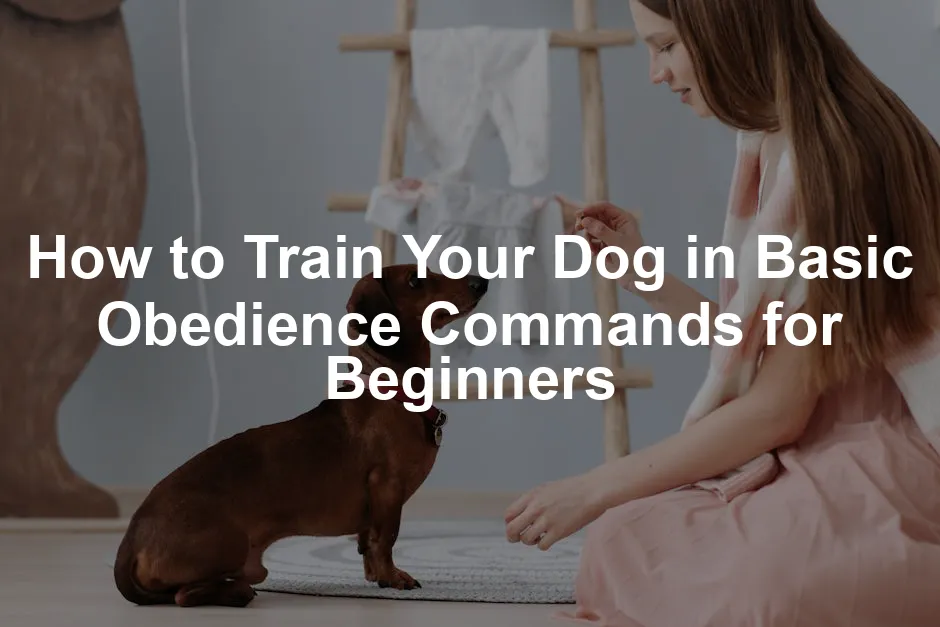Introduction
Training your dog in basic commands is essential. It helps create a well-behaved pet and strengthens your bond. Using positive reinforcement is a great way to encourage good behavior. Celebrate small successes to make training fun for both of you.
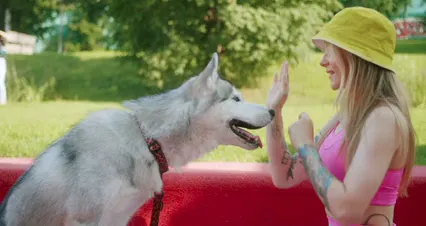
Using effective methods can enhance your training experience. positive reinforcement techniques can make a significant difference.
Summary and Overview
Teaching basic commands offers numerous benefits. Safety improves when your dog knows commands like “come” and “stay.” These commands enhance communication between you and your furry friend. Consistency and patience are vital during training. Start early, ideally when your dog is a puppy, to foster good habits. In this article, you’ll learn about key commands like “sit,” “down,” “stay,” and “leave it.” Each command plays a crucial role in your dog’s behavior and safety.

Essential Tools for Dog Training
Recommended Training Tools
Before you start training, gather essential tools. A comfortable collar or harness is crucial for safety and control. For a great option, check out this Adjustable Dog Harness that provides comfort and support for your furry friend.
Choose a leash that suits your dog’s size and activity level. A Durable Dog Leash can make all the difference in keeping your pup safe during walks.
High-value treats are key to effective training. Look for small, tasty morsels like Soft Dog Training Treats or pieces of chicken. These motivate your dog to learn. A clicker can also be a helpful training aid. It marks the desired behavior and can be followed by a treat.
Remember that consistency matters. Use the same commands and gestures for each behavior. Keep training sessions short and enjoyable, ideally lasting 5-10 minutes. This prevents boredom and keeps your dog engaged.

Gather your training supplies before starting! This preparation sets you up for success. Happy training! For a comprehensive guide, consider picking up a Dog Training Book to enhance your knowledge.
Best Practices for Dog Training
Establishing a Training Routine
Regular training sessions are key to successful dog training. Aim for short, focused sessions lasting about 5 to 10 minutes. Frequent practice, ideally two to three times a day, reinforces learning and keeps your dog engaged. With consistency, your dog will begin to understand expectations more clearly.
Start training in a distraction-free environment. This allows your dog to focus on you and the commands. A quiet room or an enclosed yard is perfect for this. As your dog masters commands, gradually introduce distractions to build their resilience. Consider using a Dog Training Whistle to help with commands at a distance.
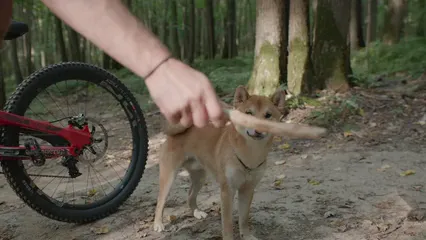
Always end your training sessions on a positive note. Finish with a command your dog knows well, rewarding them with praise or treats. This leaves them feeling accomplished and eager for the next session.
Set a consistent training schedule for your dog! For more detailed guidance, check out our article on how to set up a dog training routine for effective results in 2024.
Establishing a well-structured routine is essential for effective training. Setting up a dog training routine can lead to better outcomes.
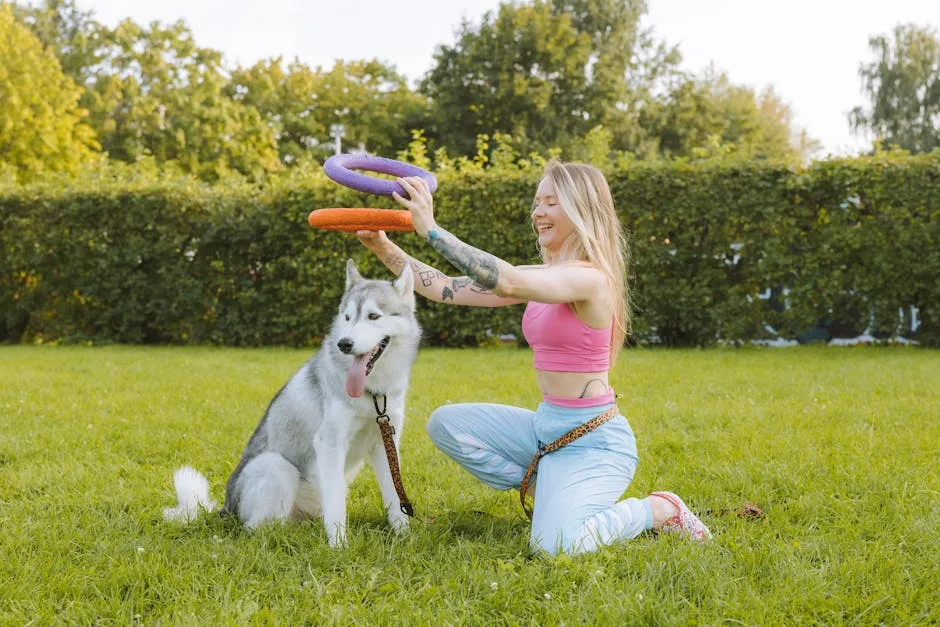
Basic Obedience Commands
Command 1: Sit
Teaching your dog to “sit” is a great starting point. Use the luring method for this command. Hold a treat close to your dog’s nose, then slowly move it above their head. As their head tilts back, their bottom will naturally lower. When they sit, say “sit” and reward them immediately.
Marking the behavior is crucial. Use a clicker or a verbal cue like “yes” the moment they sit. This helps them associate the action with the command. For a complete training experience, consider using a Dog Training Clicker to enhance your training sessions.
If your dog struggles, be patient. Try using gentle pressure on their hindquarters while giving the command. Consistency will lead to success.
Practice the ‘sit’ command daily!
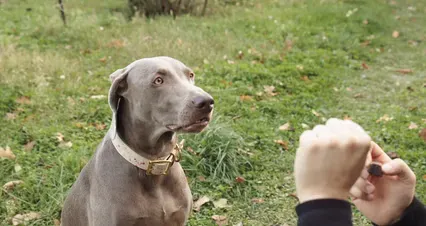
Command 2: Stay
Teaching your dog the “stay” command is essential for safety and control. Start by having your dog sit. Once they’re settled, show them a treat and say “stay.” Gradually back away while keeping eye contact. If they remain still, return and reward them. This builds their understanding of the command.
Next, establish a release word like “okay” or “free.” This lets your dog know when they can move. Always reward them when they obey, reinforcing positive behavior.
As your dog gets better, slowly increase the distance and duration of the stay. Start with just a few feet and a couple of seconds. Over time, extend both as your dog gains confidence. Remember, patience is crucial. If your dog breaks the stay, calmly return them to the original spot.
Incorporate “stay” into your daily routine!
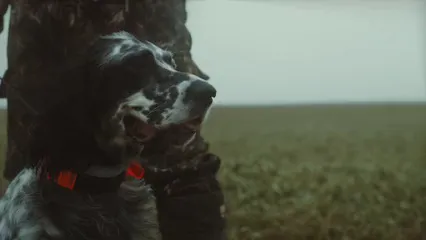
Command 3: Come
The “come” command is vital for your dog’s safety. It’s essential to teach them to return when called. Start indoors in a quiet area. Get your dog’s attention with their name and the command “come.” Use a cheerful tone to make it exciting. When they approach, reward them with a treat and praise.
Next, practice using a leash for control. Gradually increase the distance between you and your dog. As they get better, move training outdoors. Be sure to call them back using the same command consistently.
Avoid calling your dog to punish them. This can create negative associations. Instead, always end on a positive note. Make “come” a fun game for your dog!
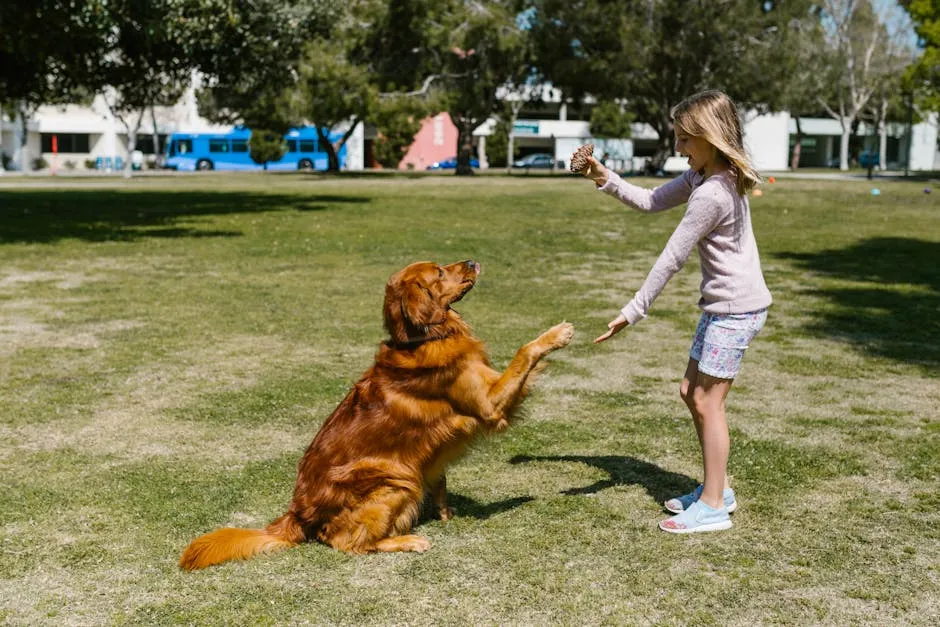
Command 4: Down
Teaching your dog to “down” can help calm them. Start by having your dog sit. Hold a treat in front of their nose and slowly lower it to the ground. Most dogs will instinctively stretch forward, lowering their body. Once their elbows touch the floor, immediately say “down” and reward them with the treat.
Timing is crucial. Praise your dog right as they lie down to create a strong association with the command. If they struggle, try gently guiding them with the treat while encouraging them to follow.
As they get the hang of it, transition to using only the verbal cue. With consistent practice, your dog will begin to respond to the command without the need for treats. This command is not just about obedience; it also helps create a more relaxed dog.
Practice “down” in calm environments!
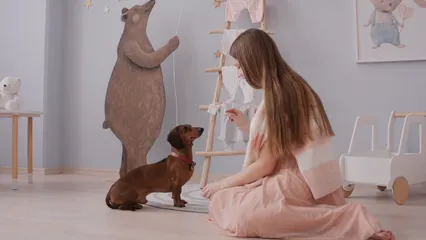
Command 5: Leave It
The “leave it” command is essential for your dog’s safety. It helps them resist picking up harmful items. To teach this command, gather two different treats—one they love and another they’re less interested in. Show them the lower-value treat while saying, “leave it.”
When your dog ignores it, reward them with the higher-value treat. Timing is important! Praise them as soon as they turn away from the lower-value treat. This reinforces the desired behavior and builds impulse control.
Gradually increase the challenge by using distractions, rewarding your dog for ignoring them. Consistent practice will help your dog understand the command in various situations.
Use “leave it” to keep your dog safe!

Command 6: Heel
Teaching your dog to “heel” is vital for enjoyable walks. This command means your dog should walk beside you, not pulling on the leash. Start by positioning your dog at your left side. Hold treats in your hand to keep them focused on you.
Begin walking and say “heel.” Reward your dog with praise and treats when they stay close. If they pull ahead, gently tug on the leash and guide them back to the correct position. Consistency is crucial here. Practice this during every walk to reinforce the behavior.
Loose-leash walking is essential for both your dog’s safety and your comfort. It helps prevent accidents and creates a more enjoyable experience for both of you. To make walks even better, consider a Dog Seat Cover for Car to keep things tidy!
Practice ‘heel’ on daily walks!
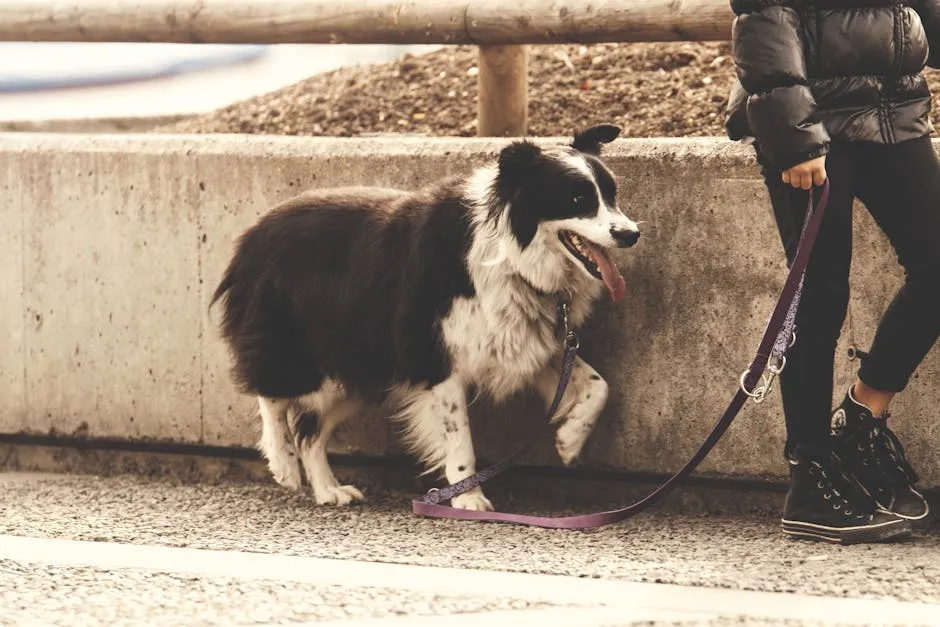
Common Mistakes in Dog Training
Avoiding Training Pitfalls
Many beginners fall into common training traps. One mistake is inconsistency. Dogs thrive on routine, so stick to the same commands. Another error is starting training too late. Begin teaching commands as soon as you bring your dog home. Early training fosters good habits.
Using punishment instead of rewards can also hinder progress. Dogs respond better to positive reinforcement. Always reward desired behaviors. Patience is key; if your dog struggles, take a step back. Adjust your approach and keep training fun.
Lastly, lack of patience can derail your efforts. Training takes time, and every dog learns at their own pace. Celebrate small victories and maintain a positive attitude. To learn more about dog behavior, consider a Dog Behavior Modification Book.
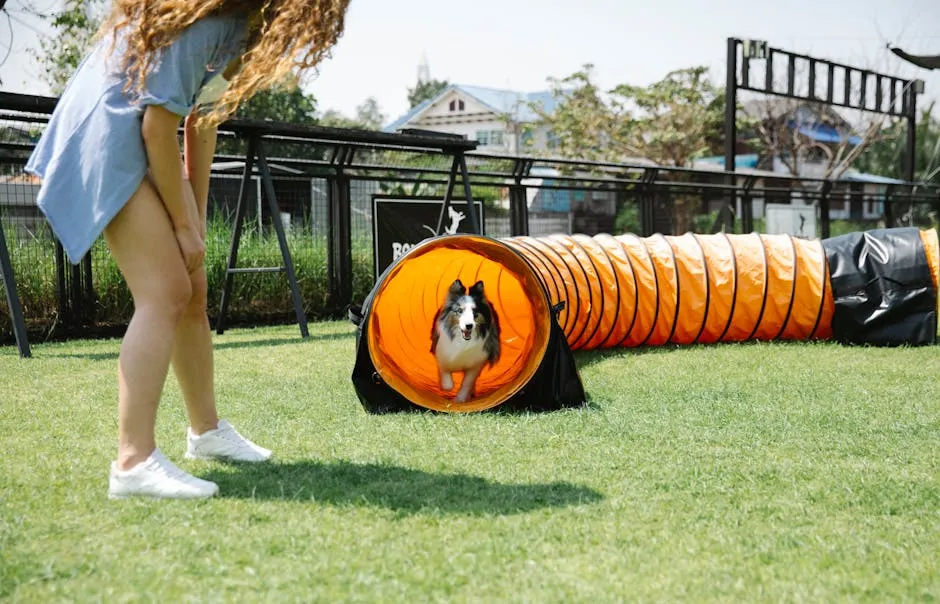
Learn from common training mistakes! For more information on how to effectively train a rescue dog, check out our guide on dog training tips for adopting a rescue dog with anxiety.
Understanding the unique needs of rescue dogs is crucial for successful training. Dog training tips for adopting a rescue dog with anxiety offer valuable insights.
Conclusion
Basic obedience commands are important for a well-behaved dog. They enhance communication and increase safety in various situations. Positive reinforcement and consistent practice strengthen the bond between you and your pet. Ongoing training is beneficial for both of you, making your relationship more enjoyable.
Keep practicing those commands for a happy, well-trained dog! And don’t forget to stock up on essentials like Dog Poop Bags for those outdoor adventures!
Please let us know what you think about our content by leaving a comment down below!
Thank you for reading till here 🙂
All images from Pexels

